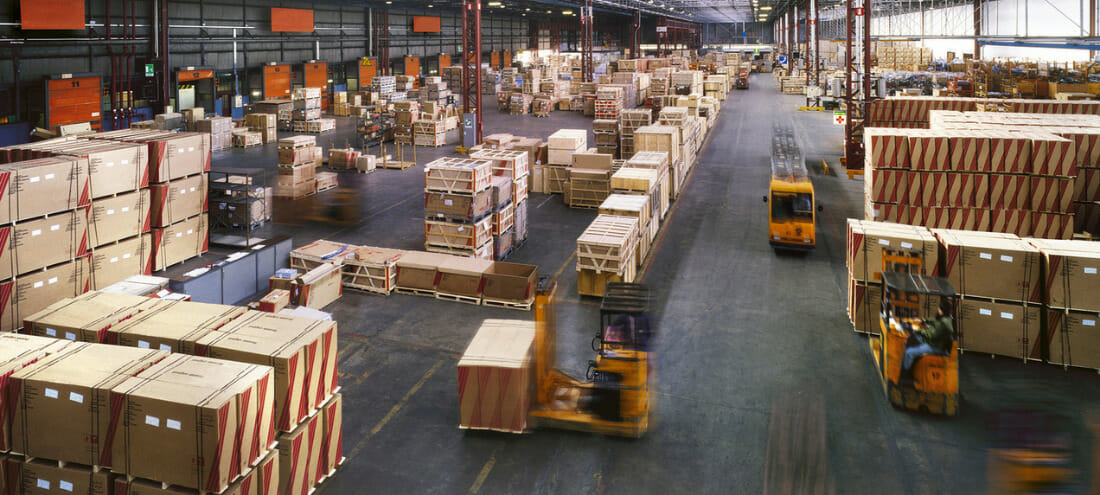Cross Docking: Meaning and Method
Cross docking is a supply chain technique to improve warehouse logistics management. This distribution strategy involves the immediate processing and distribution of goods as soon as they arrive from the supplier, without them being handled and stored in the warehouse. In other words, the goods are unloaded from the means of transport and, instead of being stored, are immediately sorted to another vehicle prepared for transport to the point of sale or directly to the end customer. The warehouse thus becomes a mere transit point.
The cross docking logistics method, therefore, exists to improve the efficiency of the supply chains and eliminate temporary storage: goods are transferred from the point of departure directly to the shipping point without the need to go through intermediate storage. This process reduces inventory management costs and accelerates the speed of procurement. In addition, the cross docking technique makes it possible to reduce the risk of damage to goods and increase the quality of the service offered to the end customer, also thanks to the speed of product delivery.
This logistics system is mainly used in the large-scale organised distribution of goods, such as the food and e-commerce sectors, where speed of delivery and cost reduction are key aspects of a company’s success.
Cross Docking and Logistics
Logistics – a set of activities aimed at the strategic and operational management of material, information and service flows – also deals with all activities related to supply chain management, including transport, warehousing, order processing, inventory management, distribution and after-sales.
As cross docking is a logistics technique that minimises the time taken to handle goods and thus the associated costs, it is also part of the lean logistics strategy, the supply chain management philosophy that aims to eliminate waste and improve the efficiency of the entire process. This strategy focuses on identifying problems, on removing unnecessary activities, and on creating smoother and more integrated workflows.
To apply lean logistics to cross docking, it is thus necessary to optimise workflows through targeted planning and coordination. This includes effective management of vehicle routes, careful planning of transfer times and the setting up of a storage and retrieval system capable of reducing product waiting times.
Furthermore, lean logistics requires the reduction of waste at every stage of the cross docking process, such as the elimination of excess inventory or the reduction of waiting times for trucks. This helps to ensure a consistent and efficient workflow that maximises resource utilisation and minimises downtime.
The Cross Docking System
The cross docking system, as we have seen, can be an effective and optimal tool, but it can only work at its best if the steps of the optimisation process are followed in detail.
Generally, the cross docking steps are as follows:
- Collection of goods: goods from different suppliers are collected and transported to the collection centre (warehouse).
- Sorting and checking: incoming products must first be sorted according to their destination, and then be checked to ensure that they have no anomalies and correspond to the order description.
- Order preparation: depending on the different requirements, the outgoing order is prepared (picking) for the arrival of the means of transport.
- Order loading: depending on the destination, the goods are loaded onto the various means of transport.
- Truck departure: the trucks leave the central warehouse and drive to the final destination.
These steps may vary slightly depending on the type of cross docking system used and the type of goods transported.
Example of Cross Docking
A concrete example of cross docking could be that of a large clothing company that receives orders from its shops located in different parts of the country. In this case, the goods are delivered to the company’s central warehouse, where they are sorted and divided according to the needs of the individual shops that require them. The goods are therefore not stored long-term in the collection centre, but they are moved immediately by truck or van to the requesting shops.
Find out how cross docking could help you improve your supply chain. Click here to contact one of our operators: we are at your disposal.



No Comments